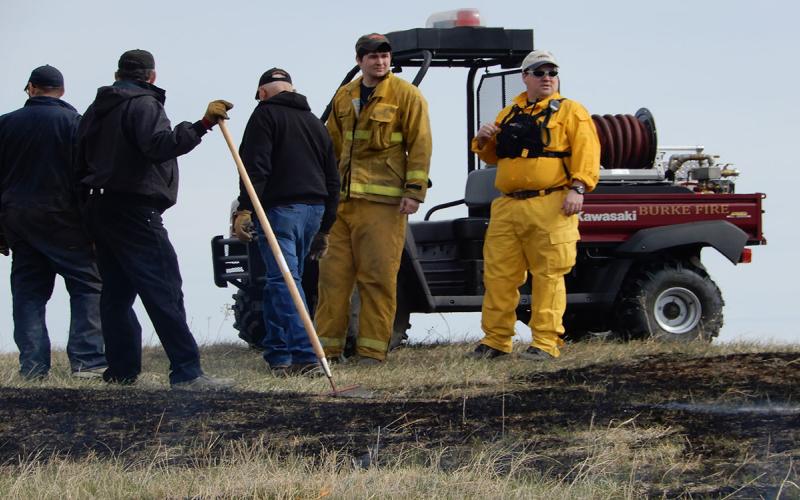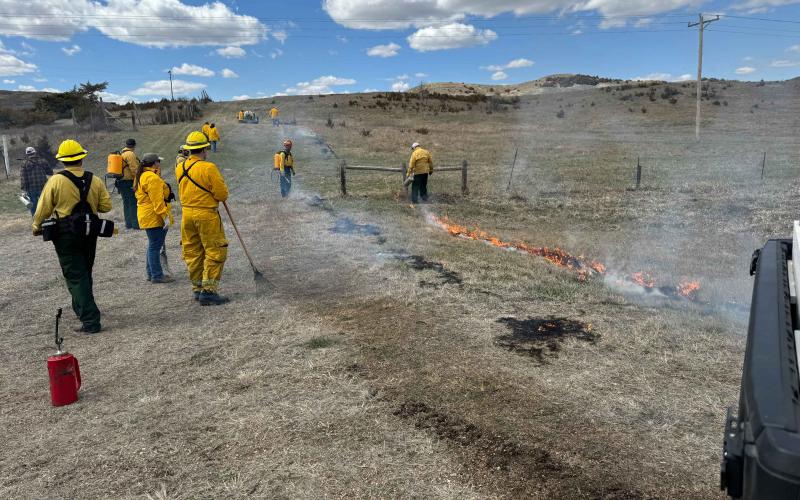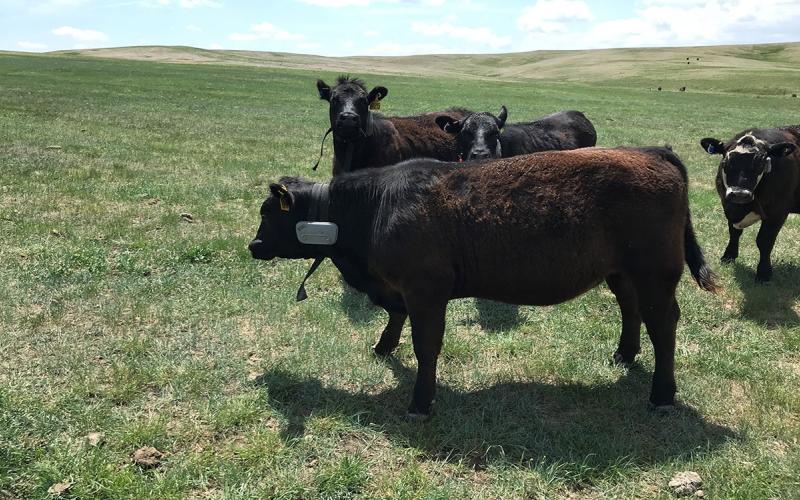
Written collaboratively by Hector Menendez, Luis O. Tedeschi, Karun Kaniyamattam, Ellen Dierenfeld, Elias Uddin, Matt Beck, and James C. MacDonald.
The National Animal Nutrition Program’s Feed Management Committee (NANP-FM) brings together experts in animal science, nutrition, and natural resource management to increase awareness and use of livestock feeding management and to address conservation needs.
The NANP-FM aims to enhance livestock feeding practices in collaboration with the U.S. Department of Agriculture’s Natural Resources Conservation Service (NRCS) and Texas A&M AgriLife Research. The committee is comprised of university, industry, NGO and NRCS staff that have expertise in feed management located throughout the United States.
What is Feed Management?
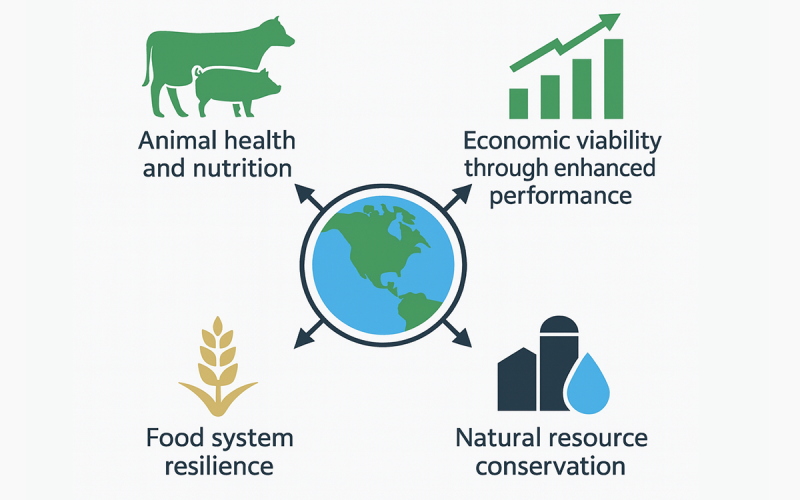
Feed Management (FM) refers to the strategic planning, delivery, and utilization of animal diets to optimize livestock productivity while minimizing negative impacts to natural resources. It plays a central role in efficient and sustainable animal agriculture by addressing four major pillars:
- Animal health and nutrition
- Economic viability through enhanced performance
- Natural resource conservation
- Food system resilience
Why Does Feed Management Matter?
With growing public and policy focus on nutrient losses and sustainability in agriculture, FM offers producers, conservation professionals, and other NGO and industry stakeholders tools to reduce nutrient excretion and enhance resource use efficiency—all while improving animal performance. This approach benefits natural resources and provides long-term economic advantages through better feed conversion, reduced waste, and improved animal health.
Stakeholders: Producers First
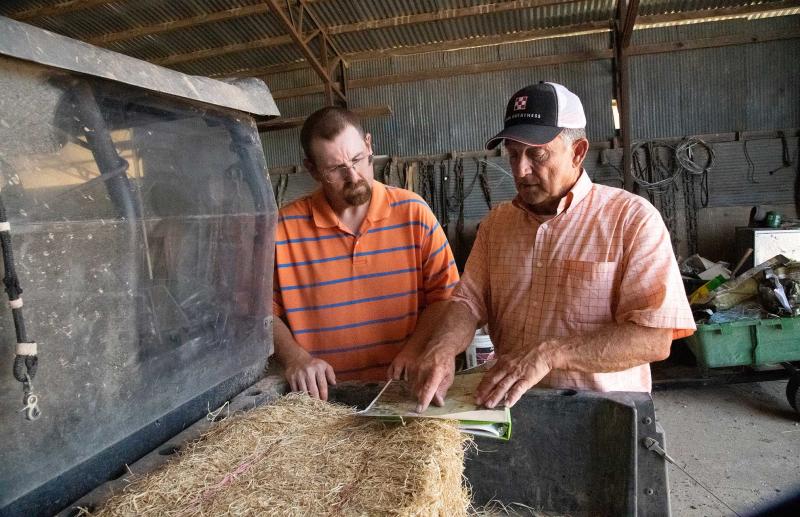
The NANP-FM Committee embraces a "Producer’s First" philosophy—recognizing that meaningful change must begin with tools and strategies that are practical, cost-effective, and beneficial for farmers and ranchers.
Key stakeholders include:
- Producers and conservation planners, who are the front line of implementation.
- Researchers, who supply the science behind nutritional models.
- Policymakers who rely on scientifically sound guidance to shape programs and regulations.
By integrating feedback from all levels of the livestock industry, NANP-FM ensures that feed management tools are science-based and field-tested.
What is the Natural Resources Conservation Service ?
The USDA's Natural Resources Conservation Service (NRCS) works with farmers, ranchers, and forest landowners to conserve natural resources on private lands. NRCS provides technical and financial assistance to help producers implement conservation practices that improve soil health, water quality, and wildlife habitat, while also enhancing agricultural productivity. Since livestock feed production impacts each of these areas and feeding represents the most expensive input for livestock management, emphasis on proper management is essential both economically and for natural resource conservation.
Natural Resource Conservation and Economic Benefits
Adopting improved feed management practices can lead to:
- Lower nitrogen and phosphorus losses
- Improve soil health through alternative cropping and grazing strategies
- Increased energetic efficiency
- Healthier animals through balanced nutrition
- Improved profit margins through more efficient feeding strategies
How are the NANP-FM and NRCS partnering to advance U.S. Livestock Feed Management?
The NANP-FM committee and the NRCS will be providing U.S. Producer-focused tools, training, webinars, farm-tours, and summits.
These activities will bring meaningful, relevant, and impactful technologies and information to enhance conservation, boost U.S. competitiveness, and reduce costs across livestock feeding systems.
Learn More and Get Involved

Explore the NANP Feed Management Committee and access factsheets, reports, and decision support tools at the NANP website.
Whether you're a producer, extension agent, planner, or researcher, your voice is critical in building the future of sustainable livestock production—starting with what we feed and how we manage it.
Also, stay tuned for 11 upcoming fact sheets covering livestock feeding principles, online tools (easy to use feed management models), AI-driven feed management assistance, and case studies!
